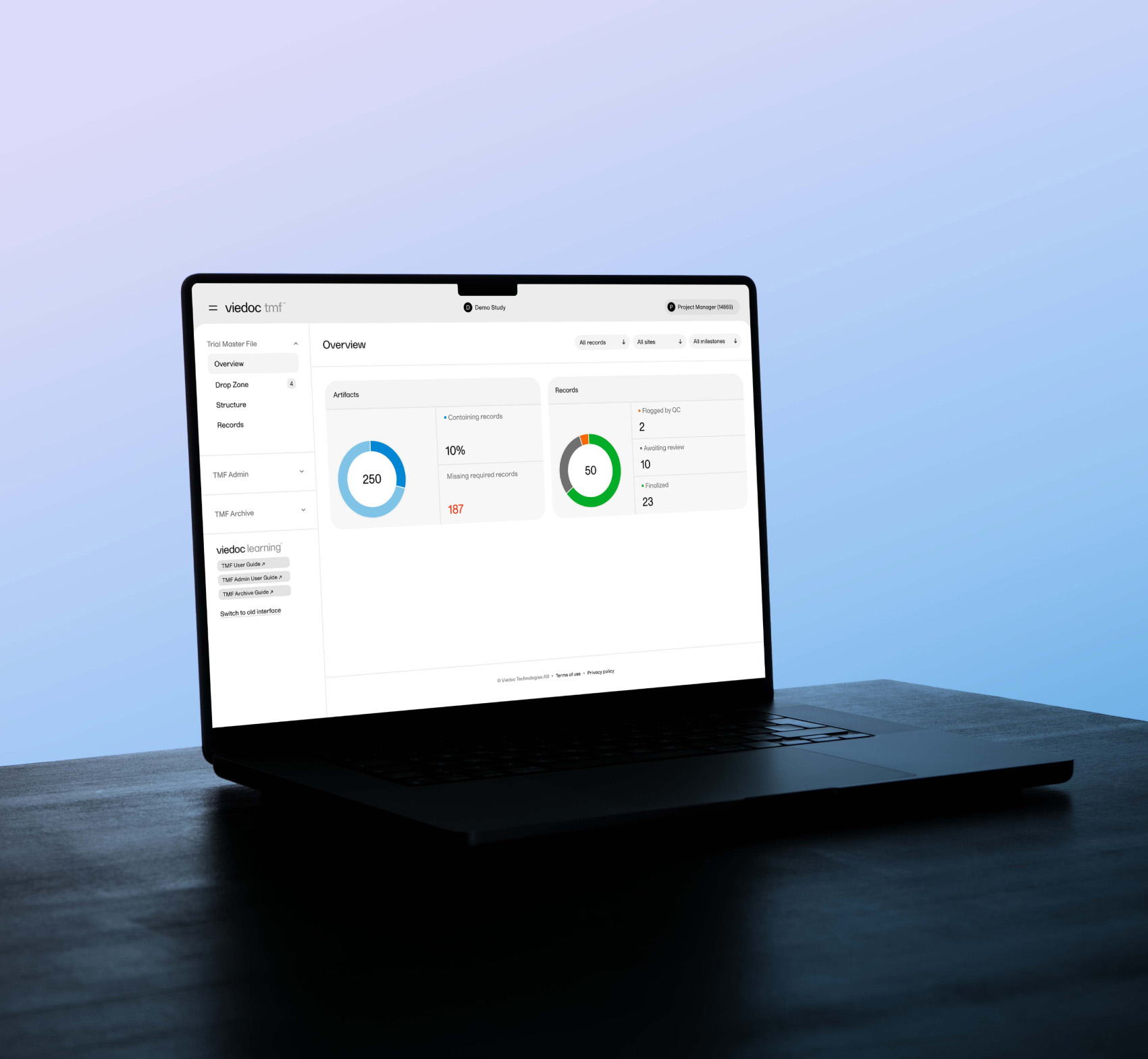Integrating the Viedoc way
At Viedoc, we recently conducted a proof-of-concept case study using a medically-certified smartwatch equipped with a SIM card and global data roaming. This device tracks steps and heart rate, with data sent directly to our system without intermediaries.
The goal was to process the raw data streams, received every two minutes, into meaningful insights. We achieved this by aggregating and transforming the data into formats suitable for analysis and visualization, which could then be presented to investigators.
Data transformation process
Data collected throughout the day was aggregated, converted from JSON to CSV, and used to generate visualizations such as heart rate versus time graphs.
The processed data, including graphs and summary statistics were then pushed into our EDC software. This process was powered by Viedoc’s clinical data platform and data pipelines, which pull data from various sources (extract), standardize it (transform), and load it into the destination system for analysis (load).
Binish explains further, “In this case, the data was pushed from the device to our system, which triggered the aggregation and transformation process. Since we received data every two minutes, we consolidated it into hourly and daily summaries, transformed it into CSV files, and generated insights and visualizations before pushing the results into the Viedoc EDC.”
Storing and reprocessing data
All raw, aggregated, and transformed data is stored in Viedoc’s data lake. This ensures that the original data is always accessible for reanalysis, enabling the application of new algorithms or models to extract additional insights as technology advances.
Majd reflects on the smartwatch case study, “This approach can be extended to support any wearable, digital health technology, or medical device that generates large volumes of data requiring aggregation and transformation before analysis. It’s a scalable, customizable solution tailored to meet the needs of any study.”
Devices such as Apple watch, Samsung Galaxy watch, Withings devices, and Oura rings are just a few examples of wearable consumer devices that could be integrated using the same framework.
Looking ahead: advanced data solutions and integrations
Look out for the fifth and final article in this series, where we’ll focus on generating custom reports, custom data transformations, and integration with other data repositories. But in the meantime, why not explore our EDC software and learn more about how we can help streamline your trials.

.png?width=500&height=362&name=Untitled%20design%20(1).png)



